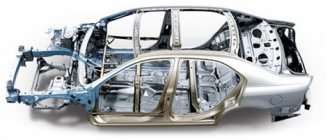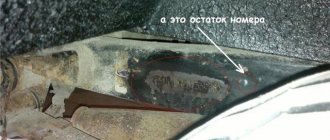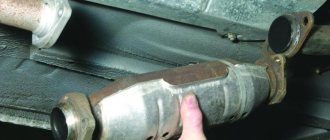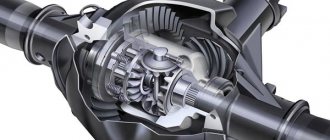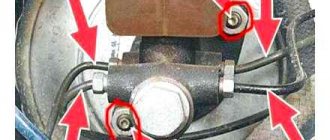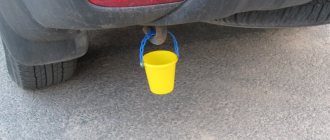When developing a new car model, each manufacturer strives to increase the dynamics of its products, but at the same time not to deprive the car of safety. Although the dynamic characteristics largely depend on the type of engine, the car body plays a significant role. The heavier it is, the more effort the internal combustion engine will exert in order to accelerate the vehicle. But making the car too light often has a negative impact on downforce.
By making their products lighter, manufacturers strive to improve the aerodynamic properties of the body (what aerodynamics is is discussed in another review ). The weight of the vehicle is reduced not only through the installation of units made of light alloy materials, but also thanks to lightweight body parts. Let's look at what materials are used to make car bodies, as well as the pros and cons of each of them.
Background of automobile bodies
The body of a modern car is given no less attention than its mechanisms. Here are the parameters it must meet:
- Lasting. In the event of a collision, it should not injure people in the cabin. Torsional rigidity should ensure that the car maintains its shape when driving over uneven terrain. The smaller this parameter is, the greater the likelihood that the car frame will deform and the vehicle will be unsuitable for further use. Particular attention is paid to the strength of the front part of the roof. The so-called "moose" test helps the automaker determine how safe the car will be in a collision with a tall animal, such as a deer or elk (the entire mass of the carcass is located on the windshield and the roof crossbar above it).
- Modern design. First of all, sophisticated motorists pay attention to the shape of the body, and not just to the technical part of the car.
- Safety. Everyone inside the car must be protected from external influences, including in the event of a side collision.
- Versatility. The material from which the car body is made must withstand different weather conditions. In addition to aesthetics, paint coating is used to protect materials that are susceptible to aggressive moisture.
- Durability. There are often cases when the creator skimps on body material, which is why the car becomes unusable after just a few years of use.
- Maintainability. To avoid having to throw away the car after a minor accident, the production of modern body types involves modular assembly. This means that the damaged part can be replaced with a similar new one.
- Affordable price. If the car body is made of expensive materials, a huge number of unclaimed models will accumulate on the sites of automakers. This often happens not because of poor quality, but because of the high cost of vehicles.
In order for the body model to meet all these parameters, manufacturers have to take into account the characteristics of the materials from which the frame and outer body panels are made.
To ensure that car production does not require a lot of resources, company engineers develop body models that allow them to combine their main function with additional ones. For example, the main units and interior parts are attached to the car structure.
Initially, the design of cars was based on a frame to which the remaining components of the car were attached. This type is still present in some car models. An example of this is full-fledged SUVs (most jeeps simply have a reinforced body structure, but no frame; this type of SUV is called a crossover ) and trucks. On the first cars, each panel attached to the frame structure could be made not only of metal, but also of wood.
The first model with a supporting structure without a frame was the Lancia Lambda, which rolled off the assembly line in 1921. The European model Citroen B10, which went on sale in 1924, received a solid steel body structure.
Lancia Lambda
Citroen B10
This development turned out to be so popular that most manufacturers of those times rarely deviated from the concept of an all-steel monocoque body. These cars were safe. Some companies refused steel for two reasons. Firstly, this material was not available in all countries, especially during the war years. Secondly, the steel body is very heavy, so some people made compromises in body materials in order to install an internal combustion engine with less power.
During the Second World War, steel was in short supply throughout the world, since this metal was entirely used for military needs. Out of a desire to stay afloat, some companies decided to produce the bodies of their models from alternative materials. So, in those years, cars with aluminum bodies first appeared. An example of such models is the Land Rover 1-Series (the body consisted of aluminum panels).
